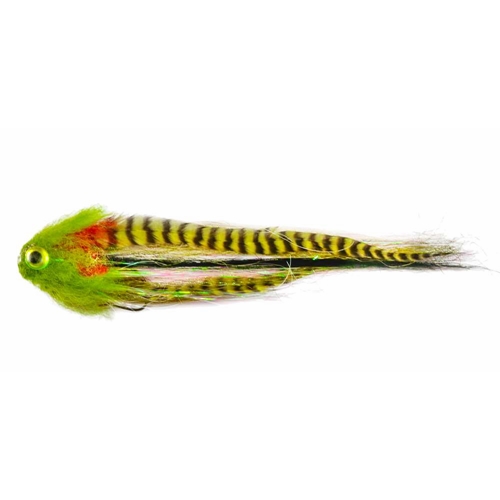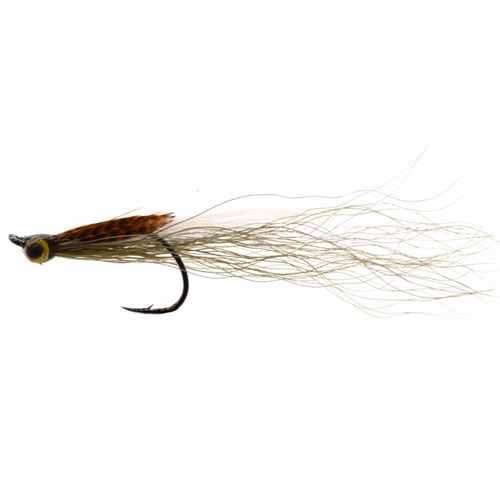 Volumes could be written on the subject of the history alone of fly fishing. And we would end up with possibly the longest blog in history. However, allowing for the fact that our readers would much rather be out on a river with a rod and line, we’ll keep our blog postings nice and short, and hopefully to the point.
Volumes could be written on the subject of the history alone of fly fishing. And we would end up with possibly the longest blog in history. However, allowing for the fact that our readers would much rather be out on a river with a rod and line, we’ll keep our blog postings nice and short, and hopefully to the point.
So far we’ve talked about a certain Roman called Claudius Aelian and the English printer Wynkyn de Worde (it’s true that some people have a name linked to what they do – how weird is that?). But this time we’ll just give a mention the next most important publication after Worde’s The Treatyse of Fysshynge with an Angle. That work is The Book of Astorga (1642), attributed to Juan de Bergara. It pre-dates many famous books on fishing, such as those by Barker, Walton and Cotton. The Book of Astorga went into minute detail, listing flies month by month for the region of Leon in Spain.
Generally, though, fly fishing, as we said in a previous blog, had its early beginnings in Macedonia. Since then fly fishing and fly tying have spread to all corners of the world. Even in countries that did not have indigenous trout species, either brown of rainbow trout were introduced into their lakes and rivers. Ex patriate tea planters, district officers and military men imported ova and fry and introduced them to rivers and lakes in places such as Kenya, South Africa, Northern India and elsewhere.
So, as you see, fly fishing has much more to it than catching a crafty trout.




















